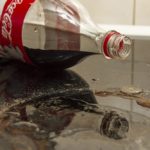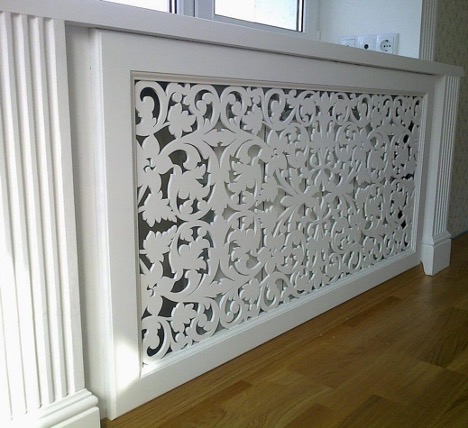Cleaning a stainless steel pipe from rust before painting: how to clean it
Cleaning rust from stainless steel is required in cases where brown spots and other traces of corrosion are noticeable on the surface. They sometimes appear even on polypropylene and plastic pipes due to liquid leakage from the inside (tightness failure) and the presence of metal inserts (clamps, connecting elements). The main cleaning methods, including effective folk remedies, are described in this article.
The content of the article
Basic cleaning methods
There are several proven options for cleaning rust from stainless steel. As a rule, 2 methods are used - first, marks are removed purely mechanically, for example, with sandpaper, and then chemical treatment is carried out, after which the surface is thoroughly washed with soap and water.
Mechanical
The first step of the instructions on how to clean a pipe from rust before painting involves mechanical processing. This is a labor-intensive, but quite effective method that allows you to almost completely clean the surface using available tools and tools:
- abrasives based on coarse sand;
- metal brushes;
- sandpaper;
- grinding machines.
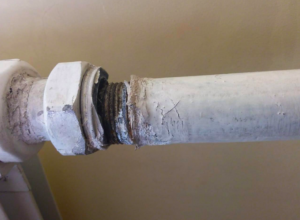
If rust has formed on a hot water pipe, the easiest way to treat it is with fine-grained sandpaper. It is wrapped around the affected area and clasped with your hand, after putting on a thick glove.Then twist left and right to completely eliminate traces of corrosion.
Chemical
If the stain is old, rust removal at home after mechanical treatment is carried out chemically. To do this, use store-bought products:
- Prosept – a concentrate of a composition to combat traces of corrosion. As a rule, a third of a liter is used for one cleaning - the composition is applied to the surface and waited for 2 hours.
- "Chistin gel" - another option on how to clean a water pipe from rust. Typically used for internal processing, although it can also be used for external processing.
- "Anti-rust Neomid" - another composition for cleaning surfaces of various types. Designed specifically for outdoor use. Helps not only remove traces of corrosion, but also improve adhesion (adhesion) for subsequent painting.
- Fill Inn – product with zinc salts. A good option on how to clean a water pipe from rust inside and outside, especially if the marks are already old. Suitable for pipes made of copper, steel, cast iron and other metals and their alloys.
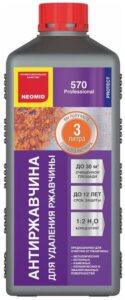
Thermal
This method of cleaning a profile pipe from rust is used only in advanced cases and requires special equipment, as well as strict adherence to safety precautions. Areas damaged by corrosion are treated with an oxygen and acetylene-based torch or using live steam.
Folk remedies
Cleaning water pipes from rust is also possible using folk remedies:
- Vinegar 9% or essence 70%, diluted 7 times with water. Blot the cloth and apply it to the affected part for several hours, then perform mechanical cleaning and wash with soap and water. Instead of pure vinegar, you can use a mixture with salt (300 ml of liquid per tablespoon of powder).
- Baking soda - prepare a concentrated solution with a thick consistency (like liquid sour cream). Spread evenly over the surface, let stand for 1-2 hours, then clean off with a brush.
- Another way to flush a heating system from rust is regular table salt. It is poured in pure form or with the addition of a small amount of citric acid solution, allowed to stand for several hours, and then washed off.
- Diesel (diesel fuel) - soak a rag, apply it to the pipe and let it sit for a day, then clean off the rusty residue with sandpaper.
- Fish oil can be used similarly.
- Citric acid - prepare a concentrated solution, blot a rag and apply for several hours.
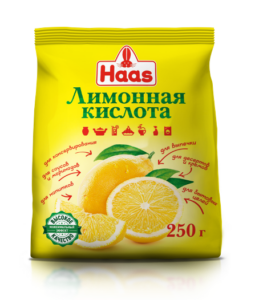
You can clean pipes from traces of corrosion yourself. The most important condition is to strictly follow the instructions, and if using folk remedies, leave the mixture in contact with the surface for only a few hours. After this, the pipe is thoroughly washed with soap and water. For prevention, it is advisable to carry out treatment at least 2 times a year.



